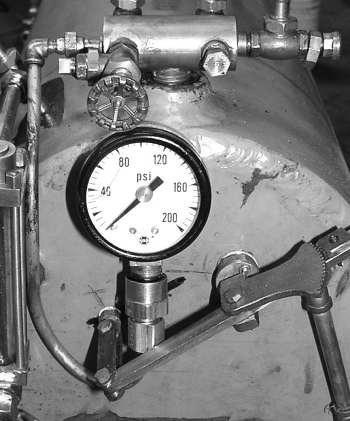Arches An arch is an opening spanned by a collection of wedge shaped pieces ( voussoirs ) which stay in position by pressing in on one another. The joints between the pieces appear to radiate from some central point lying within the opening, and sometimes from points which lie outside, so every type of arch has a characteristic curvature. The simplest and visually most natural shape for an arch is the semicircle but many other designs have been used. How an Arch "Works" The central voussoir ( keystone ) is traditionally the last to be set into position to "lock" the whole thing into a strong and stable structure. A keystone is not always necessary, however; there may be a joint at the apex instead, as is common in Gothic arches. Gravity tries to pull the keystone downwards, but the thrust is carried on either side by the voussoirs immediately flanking it. These in turn have their total thrust carried through the whole semicircle of pieces in a sideways direc...

Comments
Post a Comment